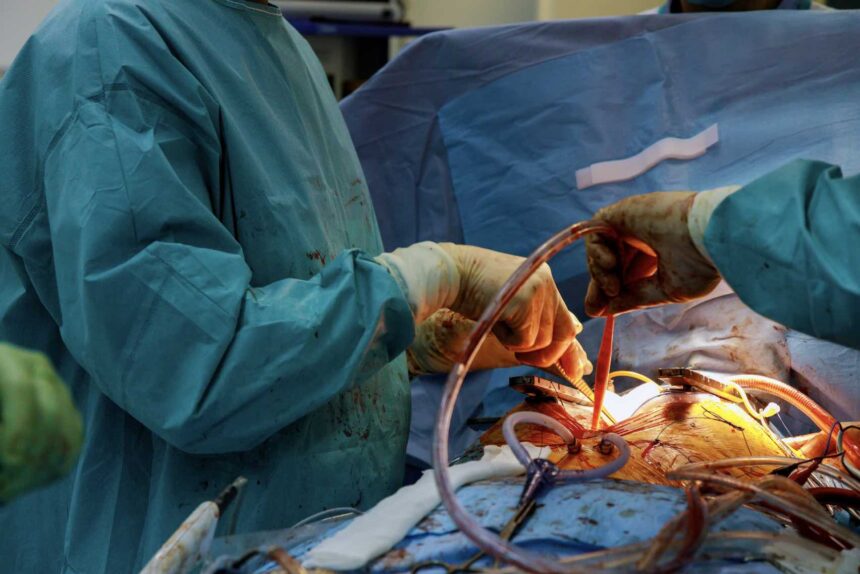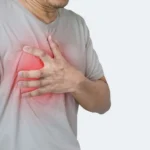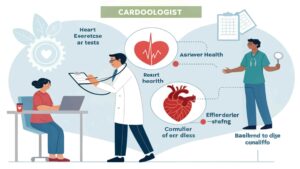Minimally invasive heart surgery in cardiovascular care offers effective treatments for various heart conditions while reducing recovery time and associated risks. This modern surgical approach may benefit patients who may not qualify for traditional open-heart surgery. Cardiac catheterization is a precise and targeted procedure for diagnosing and treating heart conditions. Here is more information on cardiac catheterization, minimally invasive heart surgery, and the conditions it treats:
What Is Cardiac Catheterization?
Cardiac catheterization is a medical procedure used to diagnose and treat various heart-related conditions. During this process, a thin, flexible tube called a catheter is inserted into a blood vessel, typically in the arm or groin, and guided to the heart. Modern imaging technology assists in navigating the catheter to its destination. This method provides detailed insights into the heart’s structure and function and is used to assess blockages, measure blood pressure within the heart, evaluate heart valve performance, and identify abnormalities.
What Does the Process Involve?
The process begins with local anesthesia to numb the area of insertion. A small incision is made to access the blood vessel, where the catheter is then inserted. Using live X-ray imaging, the medical team carefully guides the catheter to the heart or surrounding blood vessels.
During the procedure, contrast dye may be introduced through the catheter. This dye enhances the visibility of blood flow and potential blockages on imaging screens. Depending on the procedure’s goal, additional devices can be passed through the catheter to perform interventions such as removing blockages or repairing damaged areas.
What Is Minimally Invasive Heart Surgery?
Minimally invasive heart surgery refers to surgical procedures performed on the heart using small incisions instead of the large openings required in traditional open-heart surgery. These procedures often utilize advanced tools and techniques. This may include robotic assistance or video guidance to improve precision.
The goal is to reduce trauma to the body while maintaining the effectiveness of treatment. This approach can lower the risk of complications, shorten hospital stays, and accelerate recovery. Patients may also experience less postoperative pain and minimal scarring.
What Conditions Does It Treat?
Minimally invasive heart surgery addresses a range of cardiovascular conditions, providing effective solutions for patients with various needs. Common conditions treated include:
- Coronary Artery Disease:
- Heart Valve Disorders:
- Congenital Heart Defects:
- Atrial Fibrillation
- Peripheral Artery Disease
- Cardiac Tumors
This surgical methodology has provided opportunities for patients who may not be candidates for open-heart surgery due to age, pre-existing health conditions, or other risk factors. It has made effective cardiovascular care more accessible without compromising outcomes.
Seek Cardiovascular Care Today
Minimally invasive heart surgery represents an advancement in the treatment of cardiovascular conditions. It offers a less invasive and more efficient approach to care. From diagnostic procedures like cardiac catheterization to targeted treatments for specific heart conditions, these methods are precise and accurate.
If you or someone you know has concerns about cardiovascular health or heart conditions, explore the benefits of minimally invasive solutions. Consult a cardiovascular specialist to learn about your options and determine the most suitable treatment plan. Early intervention and expert care can significantly impact the promotion of heart health and overall well-being.















